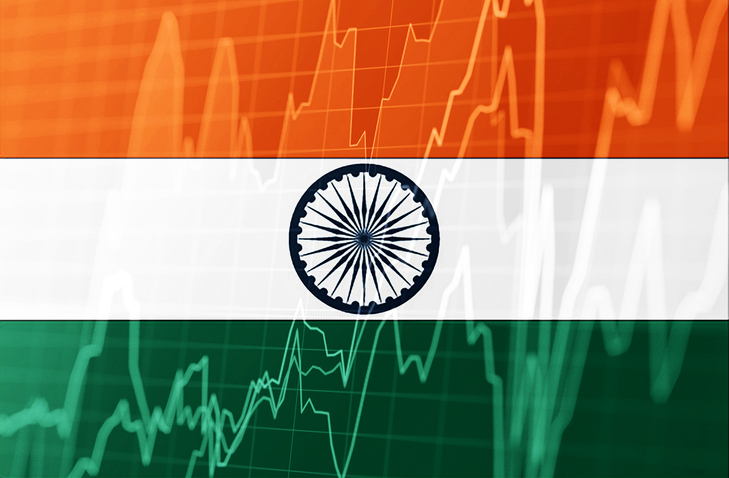India’s economy is showing signs of robust growth, with inflation cooling and exports reaching new heights, offering relief to households and strengthening the nation’s global trade position.
The Consumer Price Index (CPI) inflation dropped to 2.10% in June 2025, the lowest since January 2019, well within the Reserve Bank of India’s target range of 4% with a tolerance of ±2%. This decline, driven by a favorable base effect and a year-on-year food inflation drop to -1.06%, has eased the financial burden on households. Lower prices for vegetables, pulses, meat, fish, cereals, sugar, milk, and spices have contributed to this trend. The Wholesale Price Index (WPI) inflation also saw a marginal decline to -0.13% in June 2025, reflecting lower costs for food items, mineral oils, basic metals, crude oil, and natural gas. The WPI Food Index inflation fell to -0.26%, signaling softer food prices over the year.
The Rural Economic Conditions and Sentiments Survey (RECSS) by NABARD for July 2025 reported that 76.6% of rural households noted increased consumption, while 39.6% saw higher incomes over the past year. Rural inflation dropped to 1.72% in June 2025, a significant decline of 394 basis points from the previous year, indicating stronger supply-side policies and employment generation.
Agricultural output has also supported price stability, with rice production rising to 1490.74 lakh metric tonnes (LMT) in 2024-25 from 1378.25 LMT the previous year, and wheat production increasing by 42.15 LMT to 1175.07 LMT. The Open Market Sale Scheme (Domestic), along with measures like facilitating imports and exports during supply shortages, imposing stock limits, and raising the income tax exemption limit to Rs. 12 lakh (Rs. 12.75 lakh for salaried individuals with standard deduction), has helped control inflation. The Reserve Bank of India’s reduction of the repo rate to 5.5% from 6.5% in January 2025 further supports growth while maintaining inflation control.
On the trade front, India’s exports in the first quarter of FY 2025-26 (April-June 2025) reached US$ 210.31 billion, a 5.94% increase over the previous year, while imports grew by 4.38%, reducing the trade deficit by 9.4% to US$ 20.31 billion. Services exports surged by 10.93% to US$ 98.13 billion, with non-petroleum exports up by 5.98% and non-gem and jewellery exports rising by 7.23%. Key growth sectors included electronic goods, tea, jute manufacturing, meat, dairy, poultry, and other cereals. The Make in India initiative has bolstered electronics exports, while the Mission for Aatmanirbharta in Pulses has reduced pulse imports. India’s total exports hit a record US$ 824.9 billion in FY 2024-25, a 6.01% increase from the previous year.
Government initiatives are fueling this economic momentum. The Foreign Trade Policy (FTP) 2023, RoDTEP and RoSCTL schemes, and the Districts as Export Hubs program are enhancing export competitiveness. Infrastructure development under the National Logistics Policy and PM GatiShakti, along with increased budget allocations for Production-Linked Incentive (PLI) schemes in sectors like electronics, automobiles, and textiles, are strengthening domestic manufacturing. The Bharat Mart in Dubai is aiding MSMEs in accessing global markets, while compliance reforms, including the decriminalization of over 3,700 legal provisions since 2014, and the National Single Window System are streamlining business operations. The Ministry of MSME’s 65 Export Facilitation Centres are also supporting small businesses in boosting exports.
India’s real GDP grew by 6.5% in 2024-25, as per the Ministry of Statistics and Programme Implementation, with the Reserve Bank of India projecting similar growth for 2025-26. With a projected GDP of $7.3 trillion by 2030, India is on track to become the world’s third-largest economy, driven by strong domestic demand, a young workforce, and sustained reforms. The combination of easing inflation, rising exports, and strategic government policies underscores India’s growing economic resilience and global trade prominence.














